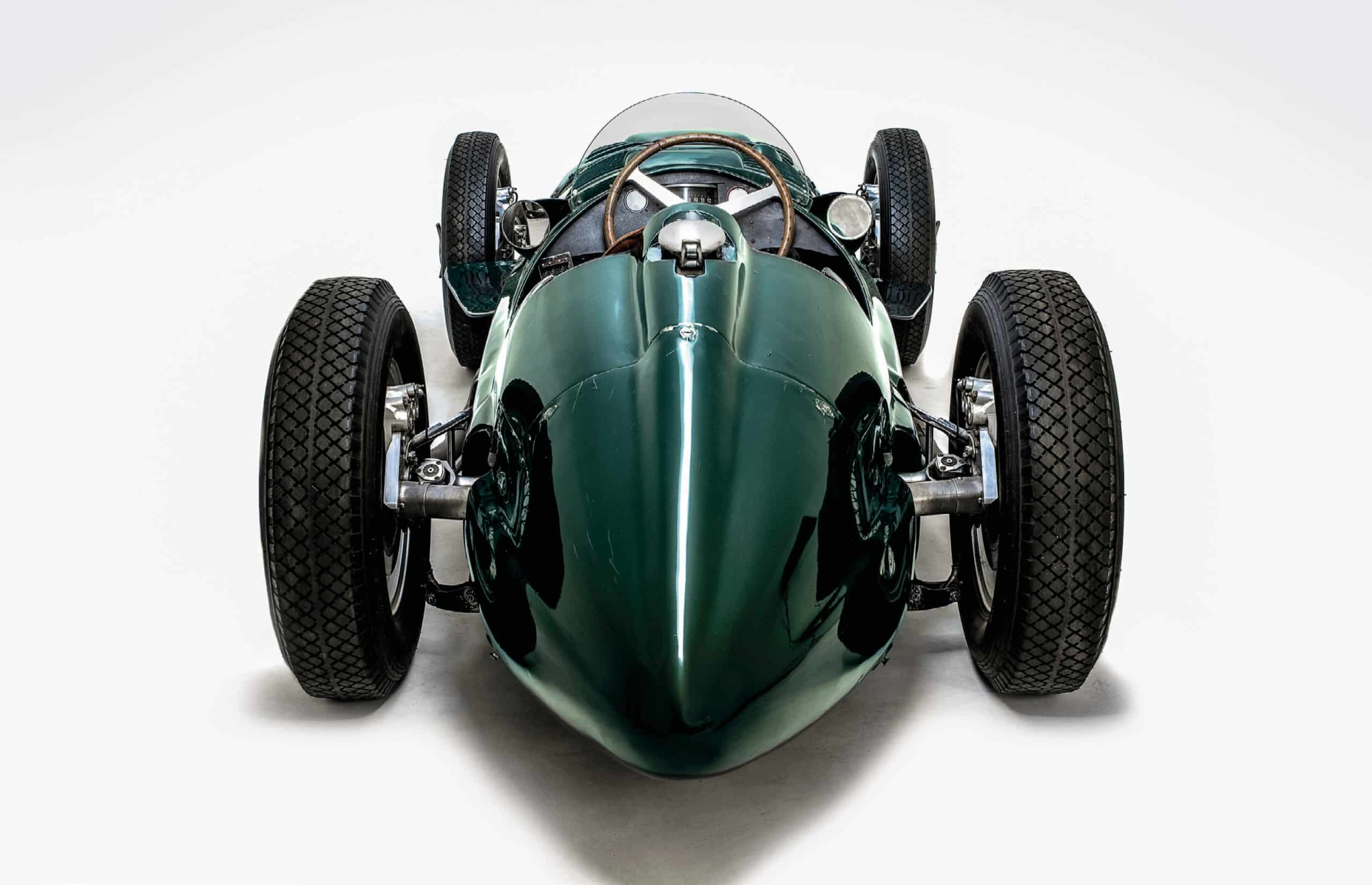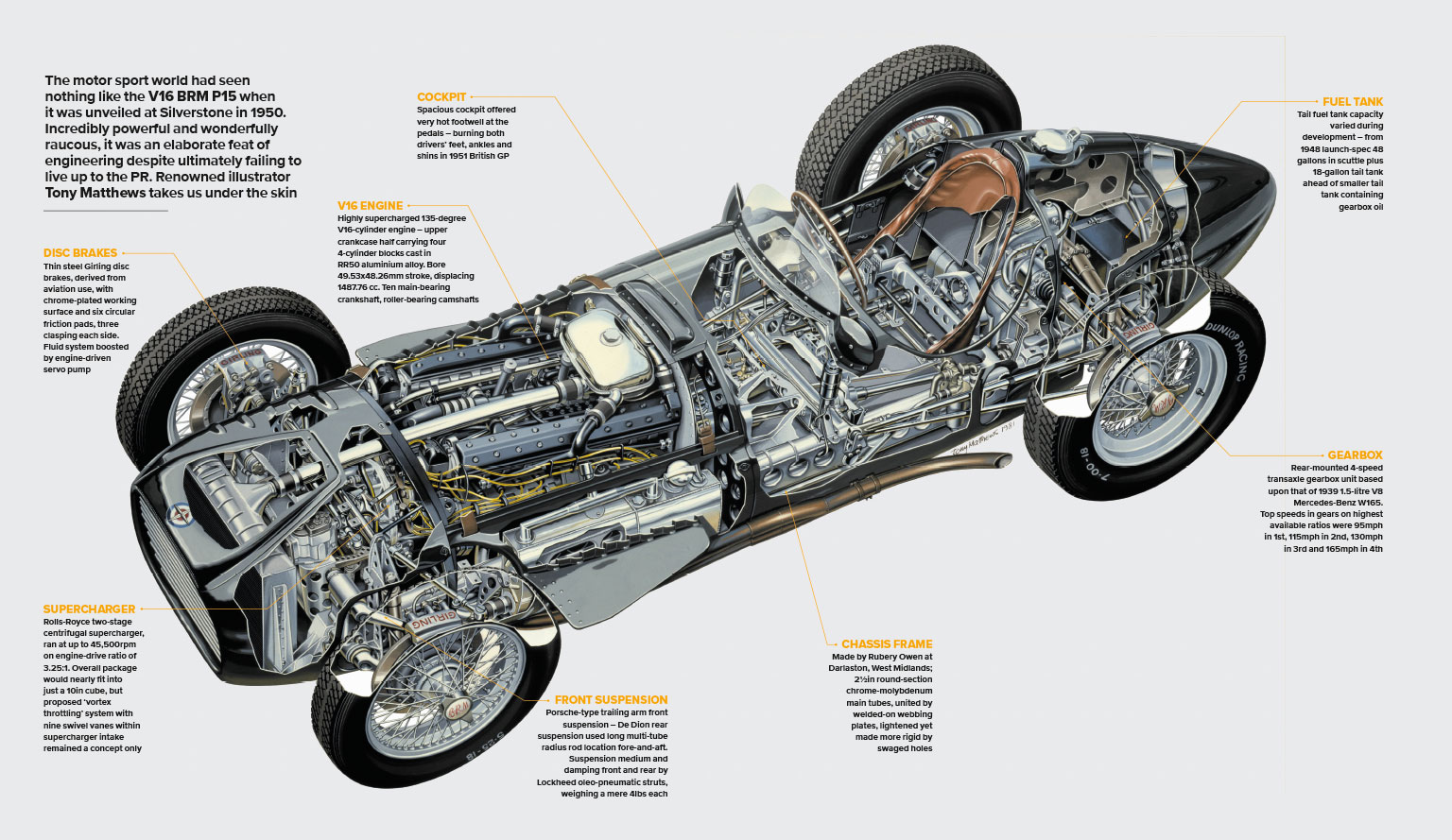V16 BRM P15: the sensational GP car that's forever England
The idea was typically blunt: build a car to blow away the foreign competition. Doug Nye tells the story of the BRM brute that captured the heart of a nation
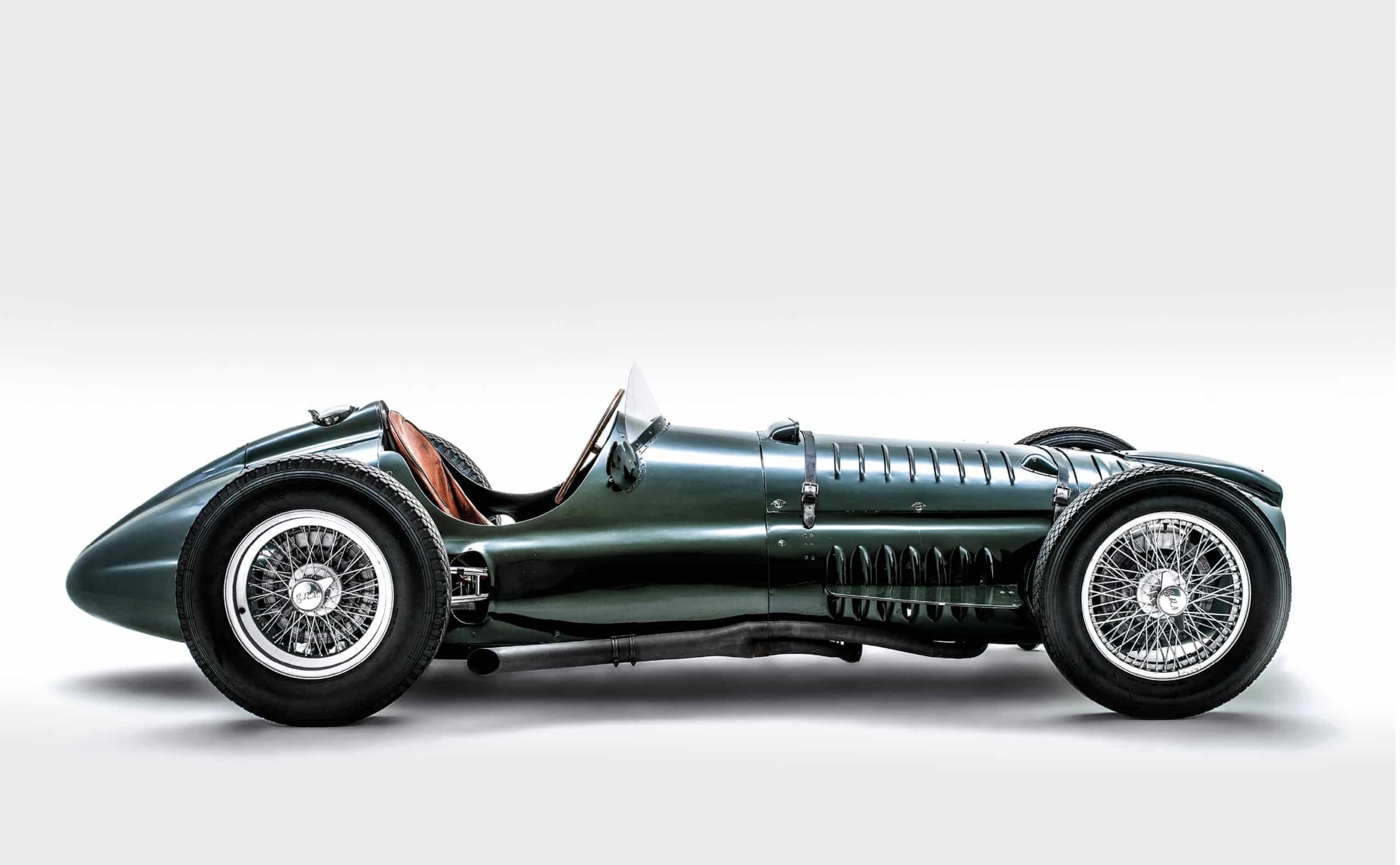
This is far more than just another Grand Prix car. Back in period, ‘The BRM’ was as much part of British national awareness as today’s news of a Covid vaccine. Through the later 1940s, even my mum had heard of ‘The BRM’ – the ‘British Racing Motor’. The relentless publicity promoting it made millions motor racing conscious. It was tipped to win Grands Prix for Britain, smash Johnny Foreigner’s racing stranglehold and build national prestige worldwide…
In fact the British Motor Racing Research Trust’s public relations office was probably the most effective department of the entire industrial co-operative building the BRM through 1948-51. Seldom have such an inflated reputation and naive expectations been publicly promoted for an as-yet-unbuilt Grand Prix car… But such massive PR backfired badly upon the organisation striving to become a British Mercedes-Benz Rennabteilung.
The project budgets adopted in 1945-46 were far outstripped by post-war inflation. Project creator Raymond Mays persuaded the British motor industry’s finest to contribute parts for his sensational dream Grand Prix car. But through the cheerless late-1940s, against the backdrop which triggered George Orwell’s dystopian fiction Nineteen Eighty-Four, government was exhorting industry to ‘export or die’. Toolroom capacity for BRM work was scarce. Delays stretched as inflation burned funding. Target dates were missed and entries cancelled. After the car’s launch in December 1949 it proved almost beyond its creators’ development capability.
Expectations for this white hope near evaporated upon its 1950 race debut.
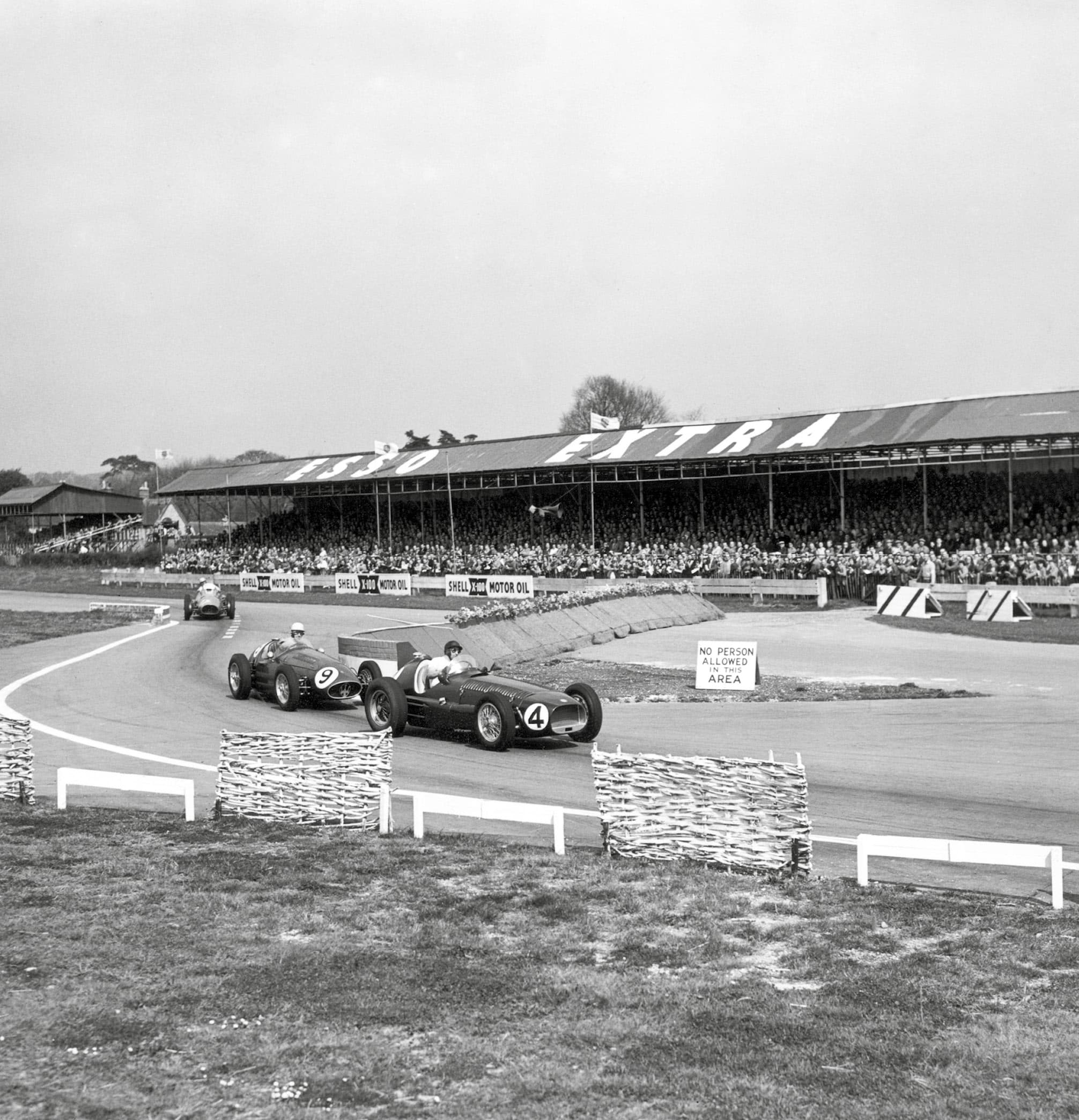
Ken Wharton in the BRM P15 V16 at Easter Goodwood 1954 leading Roy Salvadori in the Maserati 250F
Failure after so much hype sparked savage denunciation. Newspaper headlines bellowed Blooming Rotten Motor. Such backers as Alfred Owen of the Owen Organisation, Bernard Scott of Lucas, Sir John Black of Standard and ‘Tony’ Vandervell of Vandervell Products were big fish in their own ponds. Within the supposedly co-operative BMRR Trust, funding and supplying BRM at Bourne, Lincolnshire, consensus was rare. Owen – devout Christian and lay preacher – was the most conciliatory. Only he kept faith in the project’s eventual success, and he would nurse BRM to it, but not for 12 more agonising years’ struggle.
In fact Owen was a godsend to initiator Mays. ‘RM’ was responsible for the BRM project’s flair, zest and fire – and for some of its early so-public failure. He had, with engineer friend Peter Berthon, co-created the pre-war ERA project with backing from wealthy Humphrey Cook, in 1934.
The ‘English Racing Automobile’ was effectively the first British production racing car for customer sale. After ERA collapsed in 1939, Mays developed his vision of a new all-British GP car, conceived by Berthon and constructed with British industry money and material. Ray was always dramatic. He certainly loved cutting la bella figura. The BRM Project 15 was perhaps Mays/Berthon’s greatest stroke of automotive theatre.
Its stunningly complex 135-degree V16 engine, with Rolls-Royce-developed aviation-style two-stage centrifugal supercharging offering higher boost than ever previously applied to a road-racing unit, made it perhaps the most sensational GP car ever. It certainly made a spine-tinglingly sensational noise. The V16 could hit an unprecedented 10,000-11,000rpm, belting out more horsepower per litre than any other racing engine until late ’70s turbocharged F1. Long after the 1.5-litre supercharged Formula 1 to which it had been built evaporated, early 1952, the BRM V16’s output peaked at over 585bhp – 390bhp per litre. At the time of its design, its best rivals – like the Italian Alfetta – hit 300bhp per litre. Yet Berthon had targeted 500. But it’s extraordinary that this pursuit of peak power paid little regard to driveability. Delivering up to 70lbs psi boost the supercharging system made the BRM V16 a wheel-spinning terror.
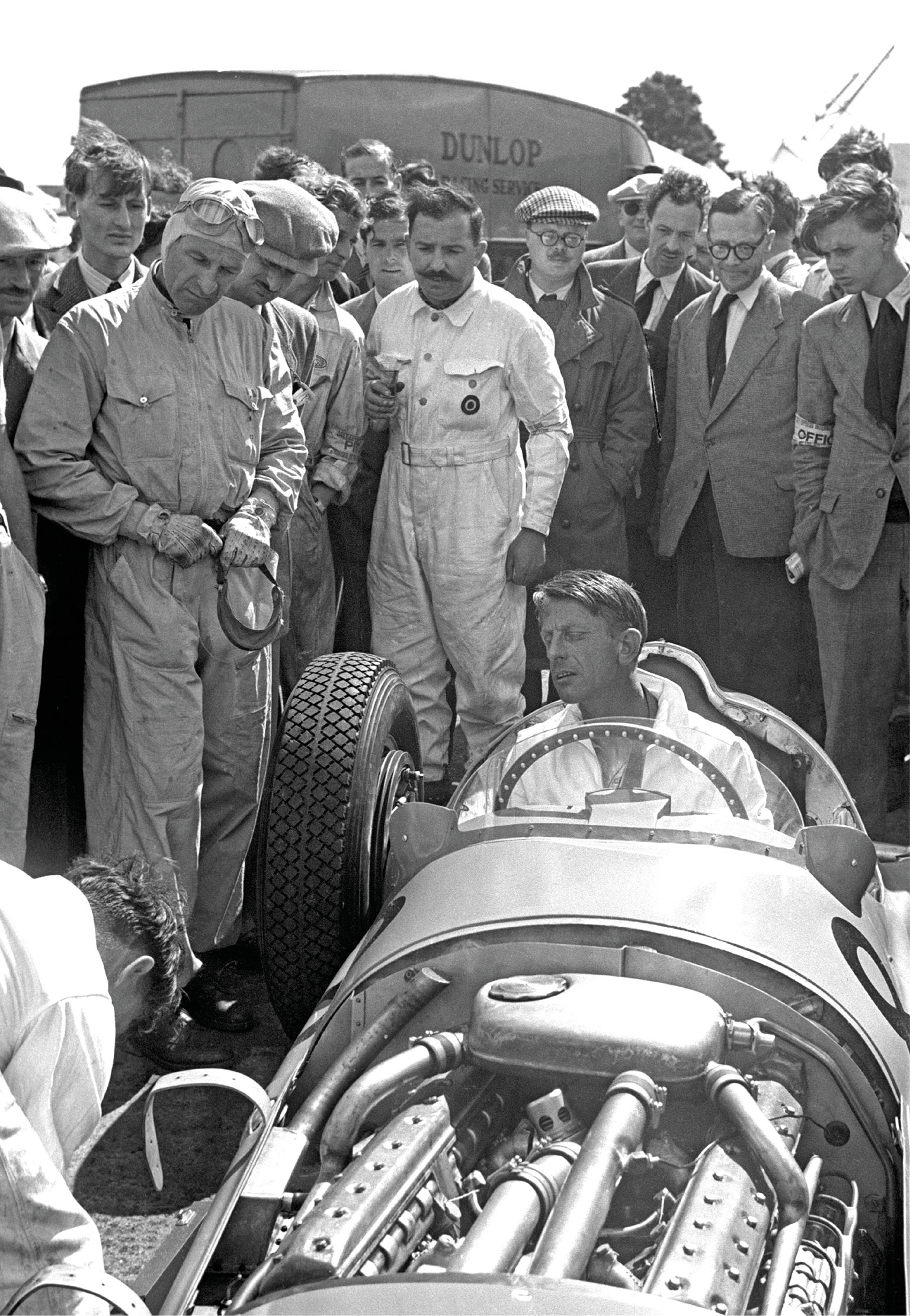
Raymond Sommer at Silverstone, 1950
Where a conventional supercharger has a falling torque curve beyond peak revs, the centrifugal compressor’s curve just soared on up until the engine’s mechanical limits were exceeded. If wheelspin in a Roots-supercharged car developed at 6,000rpm on an indirect gear, a driver would find that as engine speed rose so blower efficiency would drop, torque moderate and wheelspin diminish. But with the BRM V16, engine speed rising from 7,000rpm to 9,000rpm actually increased torque by a shattering 45 per cent. The more revs, the more boost – runaway wheelspin, until the shaken pilote backed off, or the engine (or the tyres) disintegrated.
So the BRM’s intrepid drivers found it only controllable within a restricted rev range. To be competitive they had to be in the right gear at the right revs, so they were continuously stirring the gearbox. Such stars as Juan Manuel Fangio, José Froilán González, Reg Parnell, Peter Walker and Ken Wharton might have the edge in power, but how much to unleash?
Tony Rudd, in charge of ultimate V16 development, once told me how “the basic problem was that we had an engine as powerful as a modern non-turbo Formula 1 trying to put its power down through a pair of tyres the same size as a Formula Ford… Tyres lived in a world of spin so the compound had to be relatively hard to cope with the high temperatures generated by spin. This led to the engine gaining an undeserved reputation for having no mid-range torque due to its centrifugal supercharger. It had plenty of torque… everywhere… more than you could put on the road.” Tony knew that from experience as he did much of the V16’s testing.
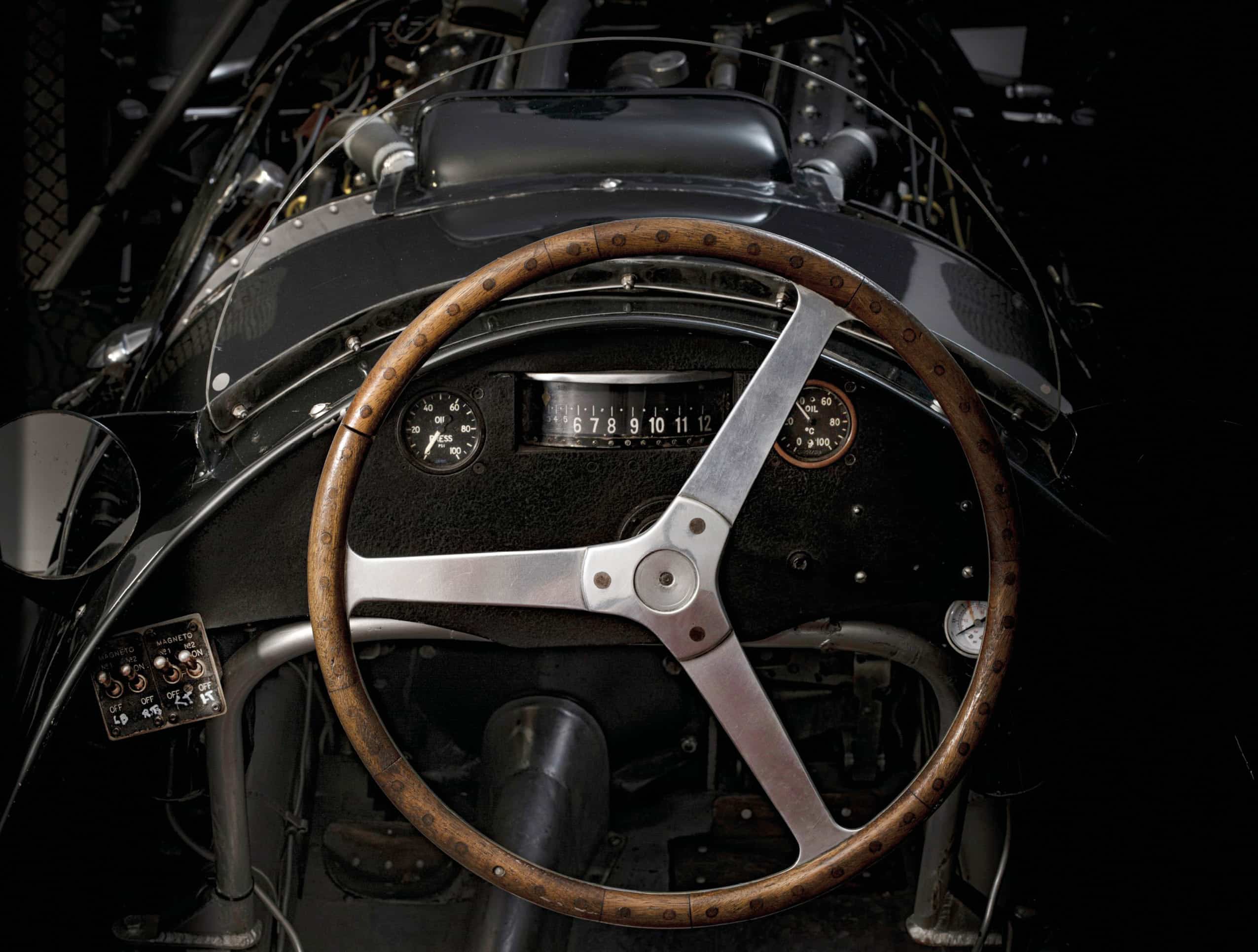
The BRM cockpit display was minimal, the strip rev counter unique. Initially Peter Berthon had it show only colours, green, yellow and red!
The complex engine itself was effectively two 750cc V8s in tandem, with drive taken from a midship crankshaft gear stepping down to a separate output shaft. Bore and stroke were 49.53×48.26mm, displacing 1,488cc. Each domed piston was twee coffee-cup size. The Rolls-Royce blower drew mixture through two huge SU carburettors. Ultimately, BRM could more or less rely upon 150-200 miles of trouble-free running, up to 585bhp at over 11,500rpm, and deafened adulation from British crowds. Most memorably, these BRM V16s – especially in stub exhaust trim – generated decibels on the threshold of pain.
The engine was angled to pass the prop-shaft left of the driver’s seat into a transaxle cribbed from the 1939 Mercedes-Benz W165’s. A brake servo pump boosted the four-wheel disc brakes, which BRM pioneered in GP racing. Suspension springing and damping was by ultra-lightweight Lockheed oleo-pneumatic struts. Front suspension featured Porsche-type trailing links; the rear a de Dion arrangement.
On May 13, 1950, the BRM V16 made its public demonstration debut driven by Raymond Mays at the British GP, Silverstone. The smooth-bodied car was sensationally low-built, its original pale-green unlouvred body very handsome. After further testing failures, under Trustee pressure, one car was bundled onto the International Trophy grid at Silverstone, on August 26. French star Raymond Sommer drove, but the car managed only last-moment practice before shearing a transmission joint at flagfall.
That September, Reg Parnell drove the BRM to win two Goodwood races. The press trumpeted ‘the BRM’s redemption’. On October 29 two V16s contested the non-Championship Peña Rhin GP, but both retired.
Through 1951 a catalogue of testing failures meant the BRMs appeared for only two races, the British and Italian GPs. Reg Parnell and Peter Walker gallantly finished fifth and seventh at Silverstone, shins burned by cockpit heat. But management created a terrible muddle at Monza. Both cars for Parnell and Hans Stuck non-started. Extensive Monza testing followed, most notably with young driver, Stirling Moss.
Cancellation of BRM entries in the Turin GP early in 1952 then killed Formula 1 as the FIA’s favoured World Championship category since Ferrari was left unopposed. World Championship status devolved instead upon Formula 2. Mays’ reasoning behind the Turin default centred upon his all-consuming admiration for new superstar, Fangio. Unsure of Alfa Romeo’s plans for 1952 he was seeking another berth. He would be in England in April. The team rushed back for him to test the V16. This BRM move was suicidal. Suddenly the BRM V16 was an ex-Grand Prix car – eligible for residual F1 and Formule Libre racing.
The team’s 1952 programme – using three P15 Mark I cars – comprised eight races, including the Albi GP in France, Ulster Trophy at Dundrod, a 35-lap Libre race supporting the now F2 British GP at Silverstone, and the 67-lap Boreham International.
On August 15, 1952, the Trust admitted defeat, offering the project for sale. Ironically, one week later at Turnberry, the BRM V16 notched its first win since Goodwood 1950. Again the driver was Reg Parnell. Two further wins followed, at September Goodwood, ‘Pampas Bull’ González driving. But on October 14 the Trust accepted the only offer received for all BRM assets and liabilities. From November 1, 1952, BRM would be owned by Alfred Owen’s family group – the price £23,500.
Through 1953-55 BRM entered its V16s in 48 more Formule Libre races. They began with the existing three long-chassis Mark I ex-F1 cars, once-beautiful body lines long-since lost with huge radiator and multiple panel louvring to cool all that clockwork. But chassis 3 was written-off at Albi ’53, though driver Ken Wharton survived. So then there were two…
Wharton won four times for BRM late in 1953, then starred in New Zealand early in 1954. At Easter Goodwood ’53, the Mark I V16s had been beaten by a little 2-litre Maserati. Alfred Owen asked Rudd how that could happen? Tony explained that the Maserati was shorter and lighter, and better suited to the wet. Owen responded by ordering two lighter and shorter Libre Project 30 BRM V16 Mark II cars, to use existing engines and transmissions.
The first Mark II ‘Sprint Car’ used an Accles & Pollock tube purchased by Rudd to build an Aston Martin special. The cars had Morris rack-and-pinion steering, a 92in wheelbase, 6in shorter than the F1 Mark I’s, smaller wheels and tail fuel tank. Ken Wharton gave the first of them a winning debut at Easter Goodwood ’54. For the second race that day he swapped to V16 Mark I chassis 2, was rammed by Roy Salvadori’s Maserati 250F yet limped to victory. His car was beyond economic repair – a write-off winning a race… a bizarre V16 achievement.
Of the three V16 Mark I works GP cars built, only chassis 1 survived. The two Mark IIs were then driven in 1955 by Peter Collins and Ron Flockhart, the former scoring the last race win for a factory V16 at Aintree. The V16 BRM’s swansong followed at Castle Combe, Flockhart second behind Harry Schell’s Vanwall – Britain’s contemporary Formula 1 future…
Many enthusiasts missed the sight and sound of these spectacular cars. Today, thanks to the Owen family’s enthusiasm, three more long-chassis V16 Grand Prix cars are being built by Hall & Hall to give new generations of race-goers tinnitus. These were the cars that made Great Britain motor racing-minded. Others would bring the ambition over the line, but in 1962 BRM with Graham Hill finally succeeded. Now, in months to come we can celebrate the original project’s great, mad, wonderful dream. Just don’t forget your earplugs.
